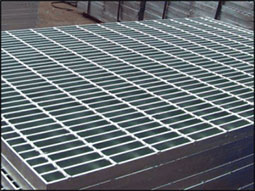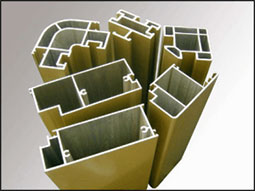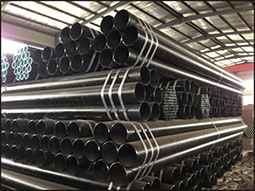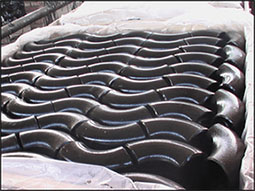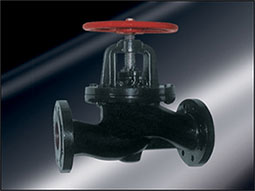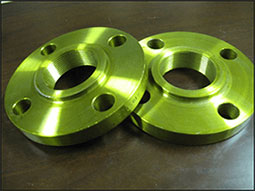How to distinguish BSPT & NPT threads
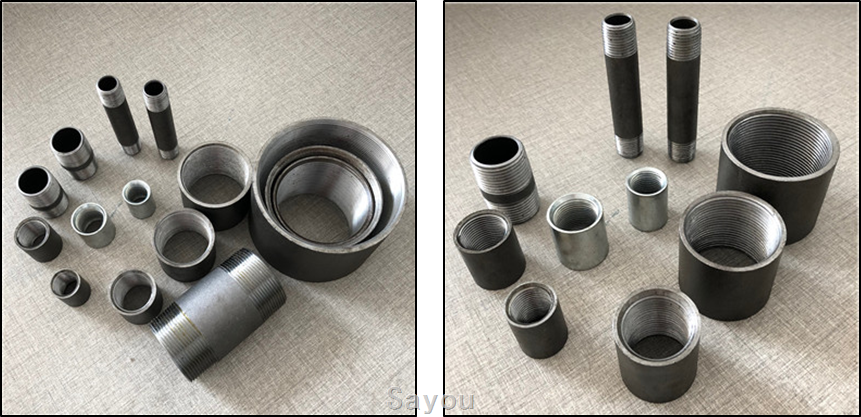
There are six types of threads that are commonly found on hydraulic tube fittings which industry professionals should know how to identify quickly and accurately.
UN/UNF
NPT/NPTF
BSPP (BSP, Parallel)
BSPT (BSP, Tapered)
Metric Parallel
Metric Tapered
There are five strategies to identifying thread forms to ensure you are picking the right replacement part when making repairs and performing regular maintenance.
Step 1
Determine if the fitting is male or female. This is the easiest identification step; all you have to do is locate the threads. A male fitting will have the threads on the outside, while a female fitting will have the threads on the inside of the hex nut.
Step 2
Eliminate 3 out of the 6 different types of threads by determining whether it is tapered or parallel. This is another step that can easily be accomplished with a quick visual inspection. Parallel threads are the same diameter from end to end, while the diameter of tapered threads gets smaller towards the end of the fitting. UN/UNF and BSPP fittings have parallel threads, and NPT/NPTF and BSPT fittings have tapered threads. If it’s too hard to tell by looking, use a caliper.
Step 3
Decipher the pitch by measuring from one crest of the thread to the next crest or measuring how many crests are in an inch of thread. You can do this by using a pitch gage against a lighted background. Make sure to measure multiple pitches to be sure.
Step 4
Find out the thread size. You can determine the size of pipe threads (NPT/NPTF, BSPT, BSPP) by measuring the outer diameter and comparing it with the profile, or in other words, by subtracting ¼ inch. For non-pipe threads (UN/UNF, Metric Parallel, Metric Tapered), determine the size by measuring the outer diameter using a caliper.
Step 5
Define the thread by the information you now know. For example, list a thread by the thread type, a parallel or tapered thread, the pitch (distance between each thread), and the size of the thread.
{{ title }}
{{ description }}


